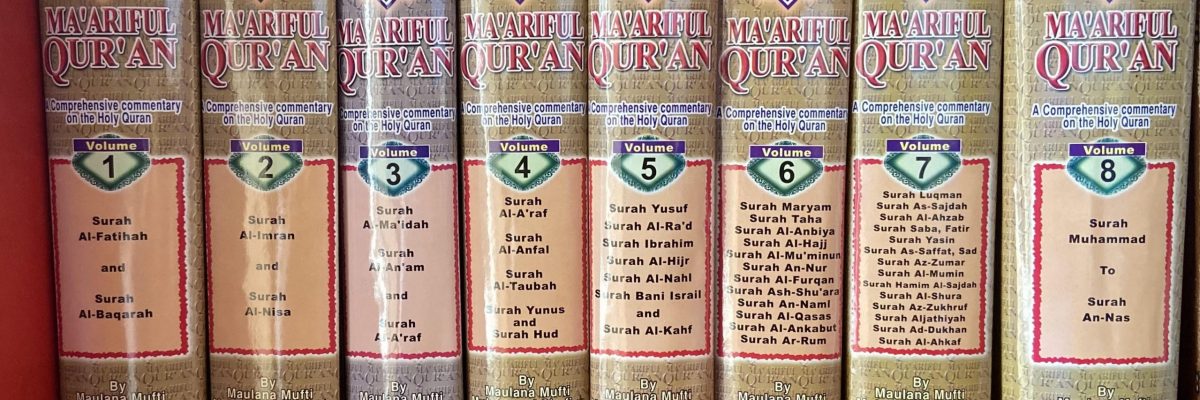Fatwa ID: 05948
Answered by: Maulana Syed Johir Miah
Question:
Are wet baby wipes sufficient to use for cleaning the carpet/clothes/bed if there are traces of urine or stool found on it? Is one wipe sufficient or would 3 wipes need to be used?
In the name of Allah, the Most Gracious, the Most Merciful
Answer:
There are two categories of impurity that are necessary to remove.
1. Whenever an item has visible impurity, its cleansing is deemed to be the removal of its impurity, unless such traces remain which are difficult to remove,
- Whenever an item does not have visible impurity, its cleansing is that it be washed until the one washing is inclined to believe that it is now pure. 1
All pure liquids that can remove filth, stains, and impurity from an object can be used. These can be like water, rose water, carbonated water, soapy water etc. Any of these can be used to purify objects and remove traces of filth.2
“If any filth has touched a solid, smooth surface, such as a sword, a mirror, and the like of them, then it is declared pure by scraping, whether it is wet or dry, because none of the filth penetrates it, and its outer surface is rendered pure by wiping and scraping”.3
In the same manner, any object that contains these liquid substances can be used to clean, just like a wet cloth or in this case wet wipe.
In the aforementioned case, any carpet, clothes or bed that has visible impurity on it like traces of urine or stool will be considered pure once there is no trace of impurity on it even if it is wiped only once.
Only Allah knows best.
Written by Maulana Syed Johir Miah
Checked and approved by Mufti Mohammed Tosir Miah
Darul Ifta Birmingham
1 وتطهير النجاسة التي يجب غسلها على وجهين:
فما كان له منها مرئية زوال عينها إلا أن يبقى من أثرها ما يشق إزالته وما ليس له عني مرئية فطهارتها أن يغسل حتى يغلب على ظن الغاسل أنه قد طهر
Mukhtasarul Quduri, Quduri, 21, Darul Kutub Al-Ilmiyyah, Beirut, Lebanon, 1418 H.
2 ويجوز تطهيرها بالماء وبكل مائع طاهر يمكن إزالتها به كالخل وماء الورد ونحوه مما إذا عصر إنعصر
Hidaya, Margheenanee, 290/2, Dar Ihyat Turath, Beirut, Lebanon.
3 وَلَوْ أَصَابَتْ النَّجَاسَةُ شَيْئًا صُلْبًا صَقِيلًا , كَالسَّيْفِ وَالْمِرْآةِ وَنَحْوِهِمَا يَطْهُرُ بِالْحَتِّ , رَطْبَةً كَانَتْ أَوْ يَابِسَةً ; لِأَنَّهُ لَا يَتَخَلَّلُ فِي أَجْزَائِهِ شَيْءٌ مِنْ النَّجَاسَةِ , وَظَاهِرُهُ يَطْهُرُ بِالْمَسْحِ وَالْحَثِّ
Badaaius Sanaai, Kasani, 85/1, Darul Kutub Al-Ilmiyyah, Lebanon, Beirut, 1406 H.
(ومِنها المَسْحُ) إذا وقَعَ عَلى الحَدِيدِ الصَّقِيلِ الغَيْرِ الخَشِنِ كالسَّيْفِ والسِّكِّينِ والمِرْآةِ ونَحْوِها نَجاسَةٌ مِن غَيْرِ أنْ يُمَوَّهَ بِها فَكَما يَطْهُرُ بِالغُسْلِ يَطْهُرُ بِالمَسْحِ بِخِرْقَةٍ طاهِرَةٍ. هَكَذا فِي المُحِيطِ ولا فَرْقَ بَيْنَ الرَّطْبِ واليابِسِ ولا بَيْنَ ما لَهُ جِرْمٌ وما لا جِرْمَ لَهُ. كَذا فِي التَّبْيِينِ وهُوَ المُخْتارُ لِلْفَتْوى. كَذا فِي العِنايَةِ ولَوْ كانَ خَشِنًا أوْ مَنقُوشًا لا يَطْهُرُ بِالمَسْحِ. كَذا فِي التَّبْيِينِ.
Fatawaa Alamghiri, 43/1, Darul Fikr, Beirut. Second Edition, 1310 Hijri.

